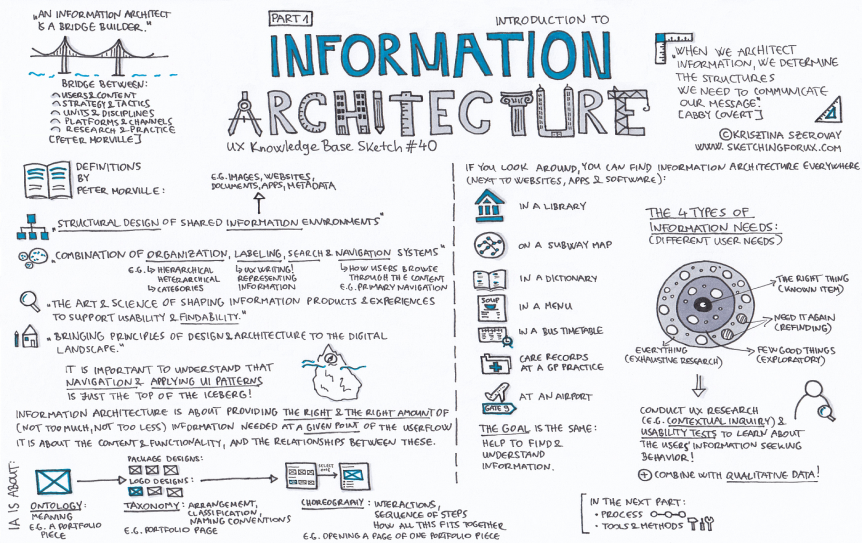Skills Required to Become a UX Designer
In today's digital landscape, user experience (UX) has become a crucial aspect of design. Whether it's a website, mobile app, or software interface, creating a seamless and user-friendly experience is essential for success. UX designers play a vital role in crafting these experiences, putting the user at the center of the design process. If you aspire to become a UX designer, here are the key skills you should acquire to thrive in this dynamic field.

1.Empathy and User-Centric Thinking:
- A successful UX designer must possess empathy and the ability to understand user needs and perspectives. The capacity to put yourself in the users' shoes helps in creating designs that are intuitive and user-friendly. Developing a user-centric mindset allows designers to design experiences that meet the needs and solve the problems of the target audience.

2.Research and User Analysis:
One of the foundational skills of a UX designer is conducting research and user analysis. This involves user interviews, surveys, user testing, and analyzing user behavior and preferences. By gathering insights and feedback directly from users, designers can make data-driven decisions and create designs that align with user expectations.

3.Information Architecture:
Information architecture (IA) is the organization and structuring of information within a digital product. It involves creating intuitive navigation systems and organizing content in a logical and user-friendly manner. A UX designer should possess strong IA skills to ensure users can easily find the information they need and navigate through the product seamlessly.

4.Wireframing and Prototyping:
Wireframing and prototyping are essential skills for UX designers. These techniques allow designers to create low-fidelity sketches and interactive mockups of their designs. Wireframes and prototypes are used to test and validate design concepts, gather user feedback, and iterate on the design before development. Proficiency in tools like Sketch, Figma, or Adobe XD is crucial for creating effective wireframes and prototypes.

5.Visual Design and UI Principles:
While UX focuses on functionality and usability, visual design plays a crucial role in creating an aesthetically pleasing experience. UX designers should possess a solid understanding of color theory, typography, and visual hierarchy. They should have the ability to create visually appealing interfaces that align with brand guidelines and create a cohesive user experience.

6.Interaction Design and Microinteractions:
Interaction design is concerned with defining how users interact with a product. It involves designing intuitive and responsive elements, such as buttons, menus, and gestures. A UX designer should understand the principles of interaction design and have the ability to create engaging microinteractions that delight users and enhance the overall experience.

7.Usability Testing and UX Evaluation:
Usability testing is an important part of the UX design process. It involves observing users as they interact with a prototype or a live product and collecting feedback. UX designers should be skilled in planning and conducting usability tests and analyzing the results. Through usability testing, designers can identify pain points, areas of improvement, and validate their design decisions.

8.Collaboration and Communication:
UX designers often collaborate with other team members, such as developers, product managers, and stakeholders. Effective communication and collaboration skills are critical for a UX designer to effectively convey design decisions, gather feedback, and work together to create user-centered designs. Strong interpersonal skills and the ability to present and articulate design rationale are essential for success in this field.

9.Continuous Learning and Adaptability:
The field of UX design is constantly evolving. To stay at the forefront, UX designers should be adaptive and continuously learning. They should be updated about the latest design trends, emerging technologies, and best practices. Having a growth mindset and a thirst for knowledge will enable UX designers to deliver innovative and effective solutions.
10.Problem Solving and Critical Thinking:
UX designers are problem solvers. They should possess strong analytical and critical thinking skills to identify user pain points and devise innovative solutions. The ability to think outside the box and approach problems from different angles allows designers to create user experiences that meet and exceed user expectations.
In conclusion, becoming a UX designer requires a diverse skill set that encompasses empathy, research, information architecture, wireframing, visual design, interaction design, usability testing, collaboration, and continuous learning. It's important to note that these skills can be developed and honed through practice, hands-on experience, and continuous learning. By acquiring and mastering these skills, aspiring UX designers can unlock a world of opportunities to create meaningful and user-centered experiences in the digital realm.
 How to Turn Your Photos into Ghibli-Style Art with ChatGPT for Free
How to Turn Your Photos into Ghibli-Style Art with ChatGPT for Free Top 10 AI Tools for Plagiarism-Free Content Writing: Boost Your SEO & Digital Marketing Efforts
Top 10 AI Tools for Plagiarism-Free Content Writing: Boost Your SEO & Digital Marketing Efforts The Rise of Graphic Designing in 2025: A Career Guide.
The Rise of Graphic Designing in 2025: A Career Guide. The Rise of Video Editing: A Crucial Skill in 2025
The Rise of Video Editing: A Crucial Skill in 2025 Top 10 Digital Marketing trends in 2025
Top 10 Digital Marketing trends in 2025 Common Mistakes in Digital Marketing and How to Avoid Them 2025
Common Mistakes in Digital Marketing and How to Avoid Them 2025 The Future of Digital Advertising: What You Need to Know
The Future of Digital Advertising: What You Need to Know Social Media Marketing in 2024: Strategies for Maximum Engagement
Social Media Marketing in 2024: Strategies for Maximum Engagement Building a Successful Digital Marketing Funnel: A Step-by-Step Guide
Building a Successful Digital Marketing Funnel: A Step-by-Step Guide 5 ways to make money from home using AI (Artificial-Intelligence) in 2024
5 ways to make money from home using AI (Artificial-Intelligence) in 2024